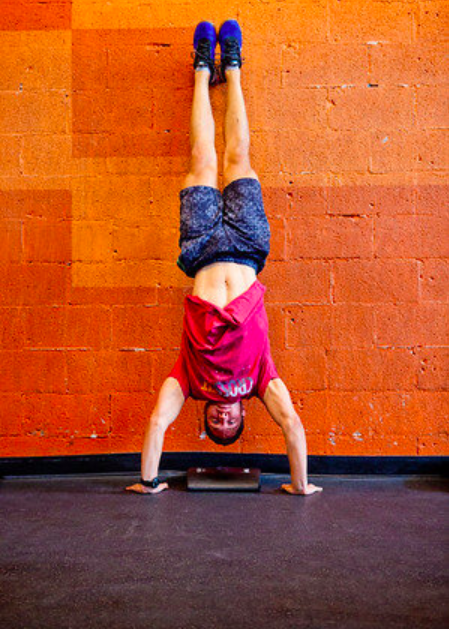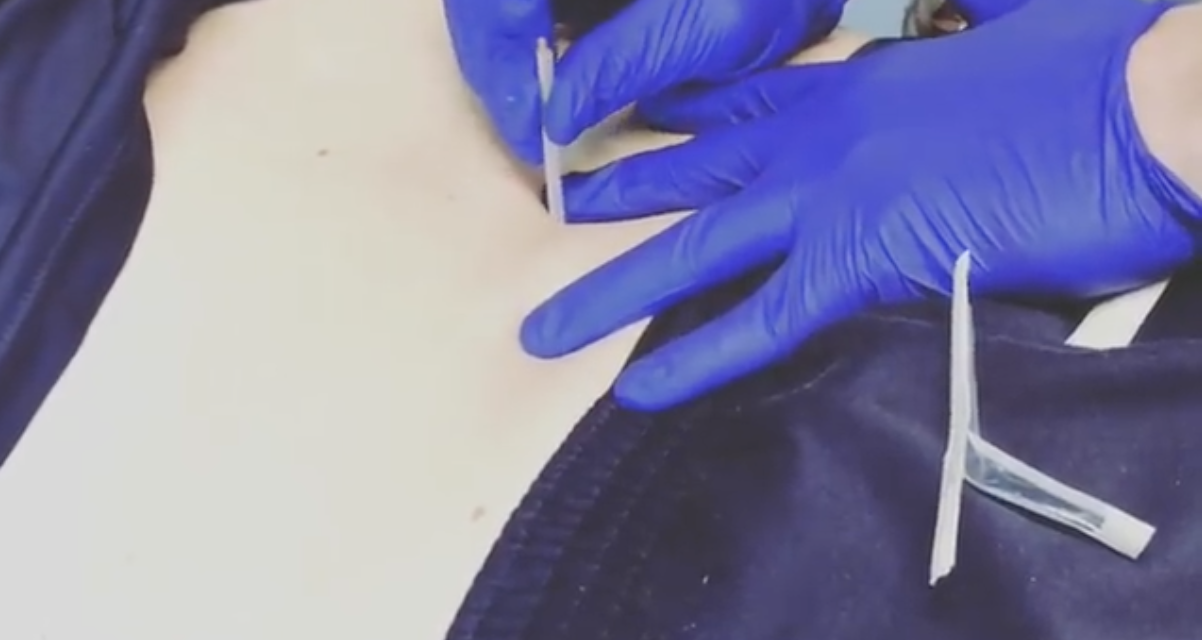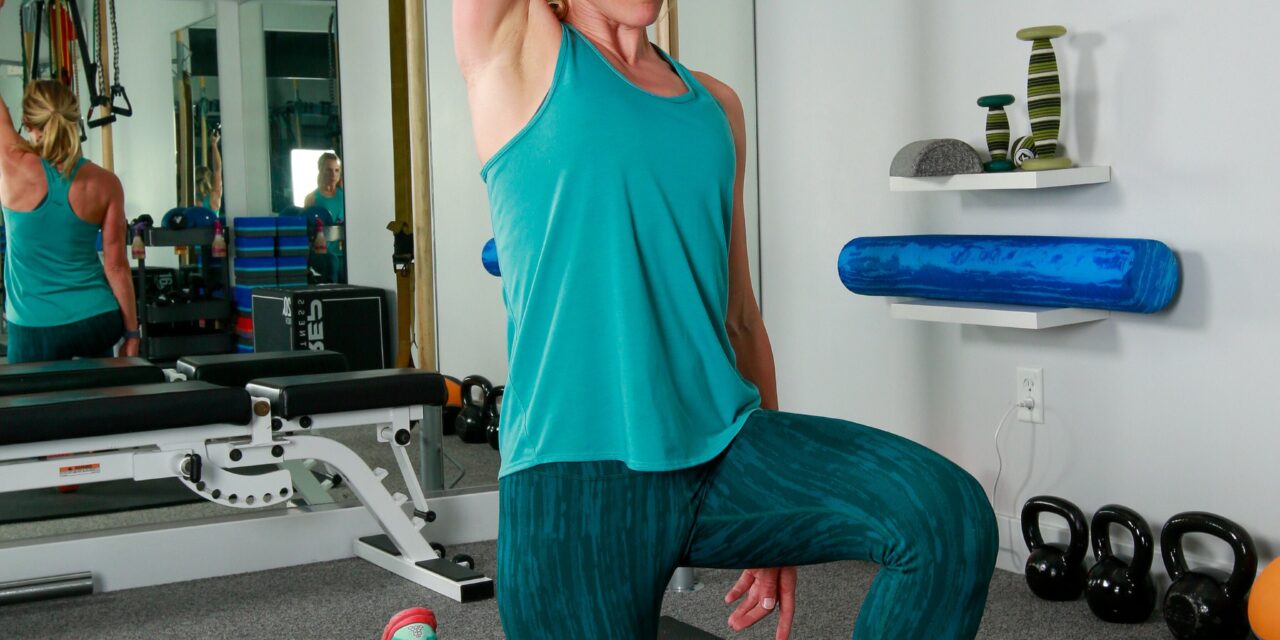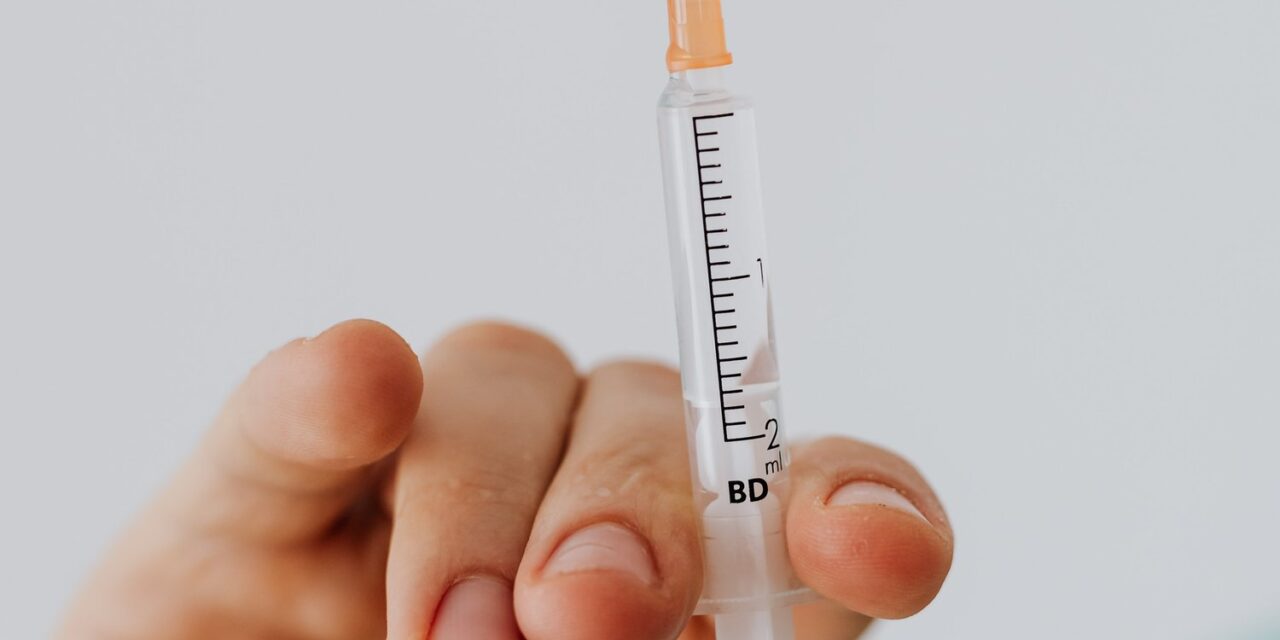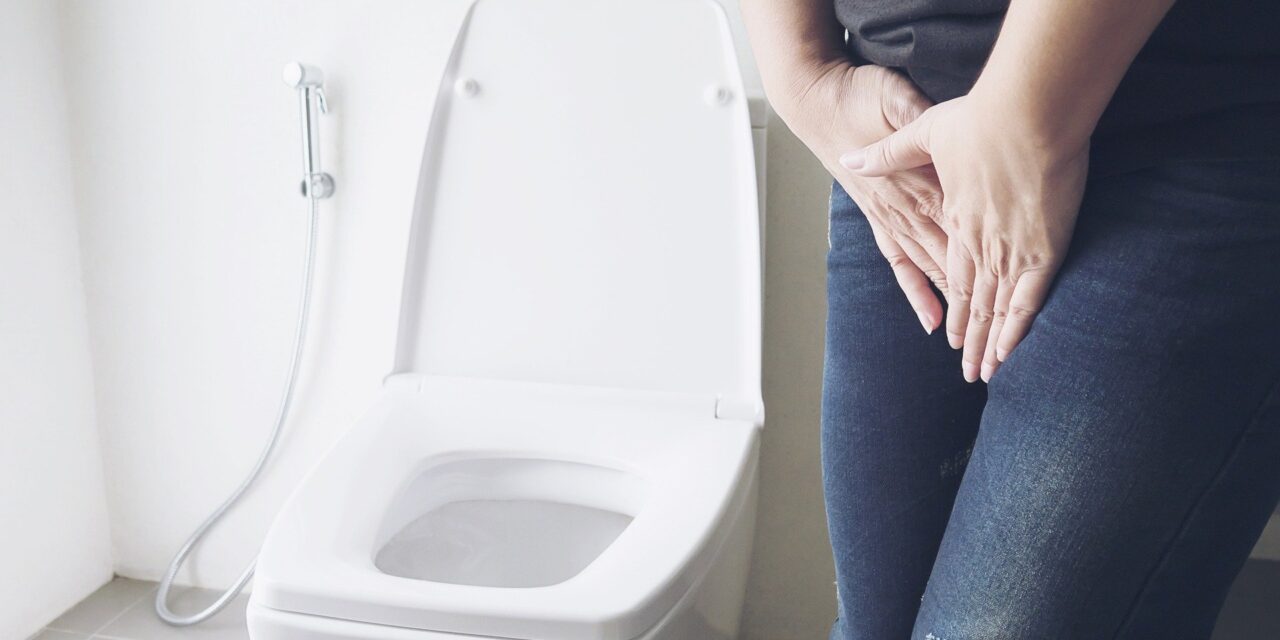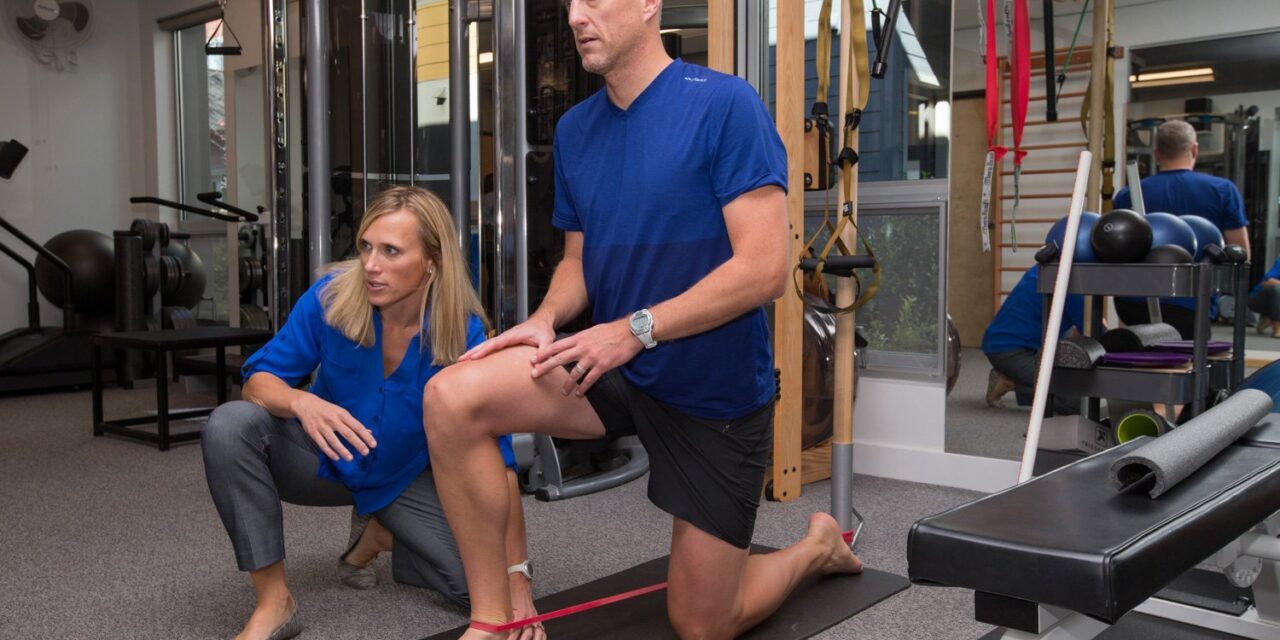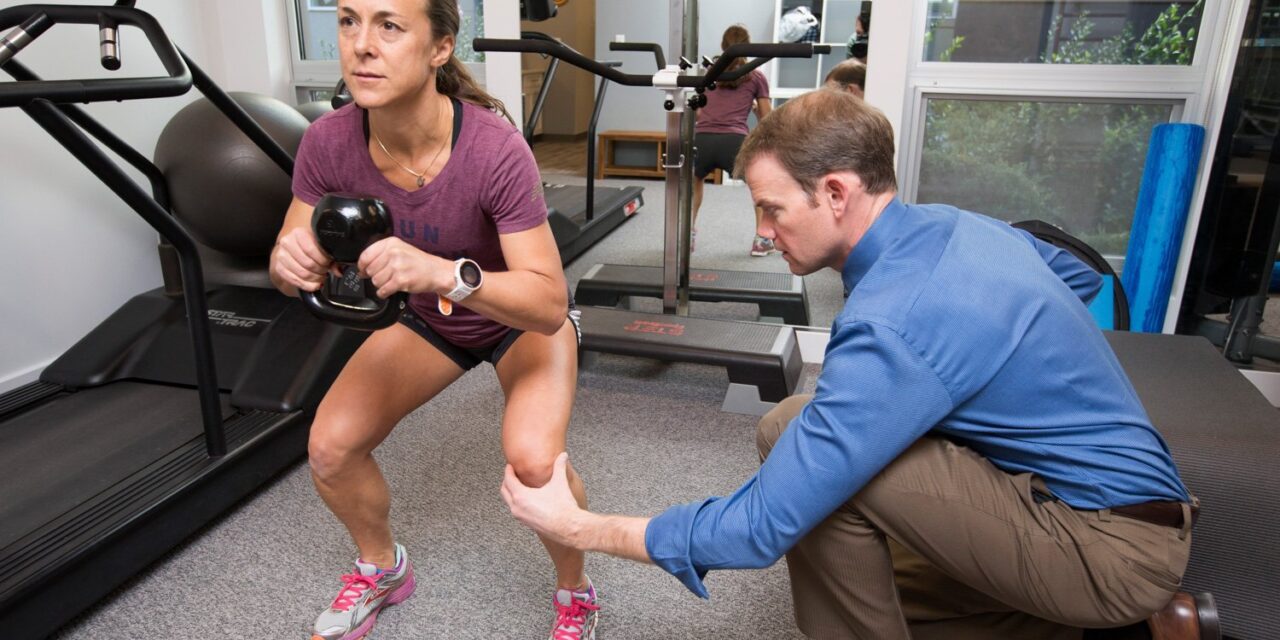3 Simple steps to ensure shoulder health
This guest blog was written by our good friends at CrossFit Sanitas. When we think about what it takes to stay healthy and strong, many of us visualize all the work we do in class to lift, pull, push, roll, or otherwise move our own weight and/or the weight in front of us. It’s easy...

